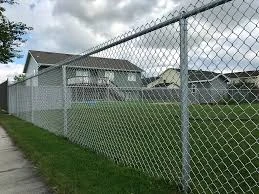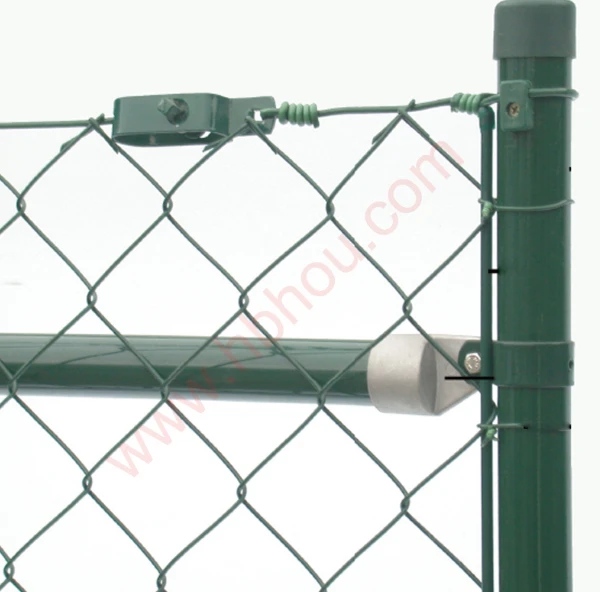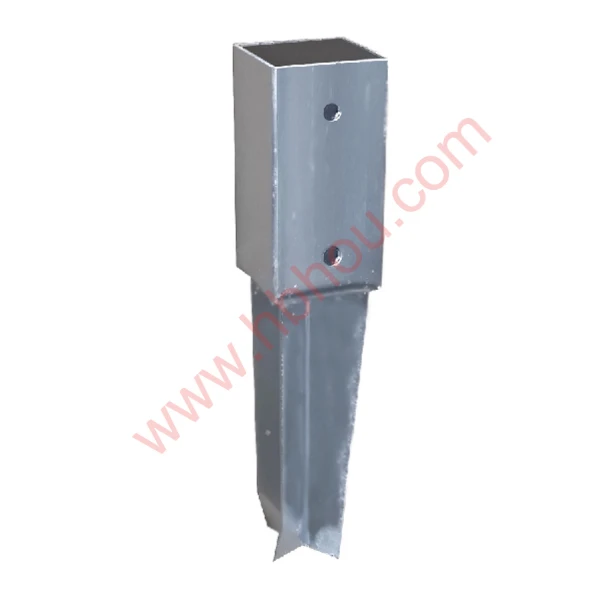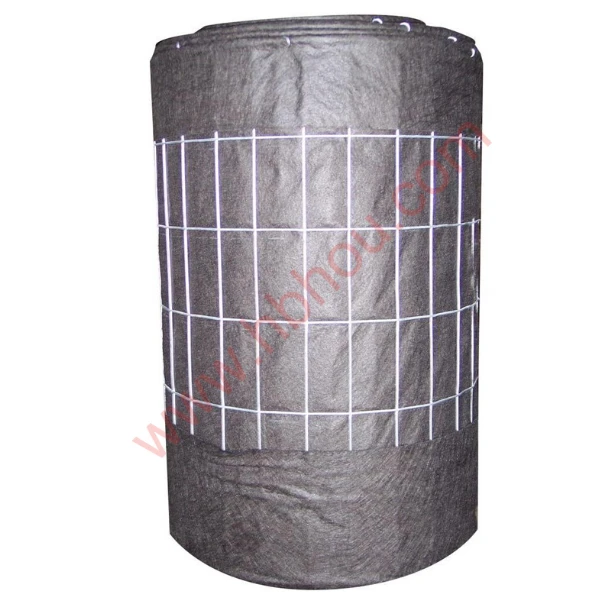Live Animal Traps for Raccoons A Comprehensive Guide
Raccoons are often found rummaging through trash cans or invading gardens in urban and suburban areas. These clever and adaptable animals can be a nuisance, causing property damage and posing potential health risks due to their droppings. The most humane and effective way to manage raccoon populations is through the use of live animal traps. This article will guide you through the essentials of using live traps for raccoons, ensuring both safety for the animal and effectiveness in capturing them.
Understanding Raccoon Behavior
Before setting a trap, it's important to understand raccoon behavior. Raccoons are nocturnal creatures, primarily active at night. They are attracted to food sources, which is often why they invade human spaces. Knowing their habits will help you place traps strategically. Ideal bait includes fruits, vegetables, and pet food, which can lure raccoons into the trap when placed correctly.
Selecting the Right Trap
When choosing a live animal trap for raccoons, size and design matter. A trap that is at least 32 inches long and 12 inches wide is ideal for capturing these animals without injuring them. Traps should be made from sturdy materials, ideally with a spring-loaded mechanism that ensures the door closes quickly and securely once the animal enters.
In addition to size, it's essential to look for traps that have a smooth interior, as this will prevent injury to the raccoon during capture. Some traps come with features like a sliding door or a bait tray, which can make trapping more efficient.
Setting the Trap
To maximize your chances of success, follow these guidelines when setting your trap
live animal traps for raccoons

1. Location Place the trap near areas where you've noticed raccoon activity, such as near garbage cans, gardens, or pet feeding areas. Raccoons tend to follow consistent paths, so position the trap along these routes.
2. Baiting Use appealing bait to entice the raccoon. It’s often recommended to place bait at the back of the trap to encourage the animal to fully enter before the door closes.
3. Concealment Raccoons are cautious animals. Covering the trap with leaves or grass can make it feel more secure for the raccoon, increasing the likelihood of capture.
4. Timing Set your trap in the early evening when raccoons are most active. Check the trap regularly to minimize stress for any captured animals.
Handling Captured Raccoons
Once you've caught a raccoon, approach the trap with caution. Do not attempt to handle the animal directly, as they can be unpredictable and may bite when frightened. If you plan to relocate the raccoon, ensure that you are compliant with local wildlife regulations, as many areas have specific guidelines for handling and relocating these animals.
Conclusion
Using live animal traps for raccoons can be an effective and humane way to manage their presence in your neighborhood. By understanding their behavior, selecting the right trap, and following proper protocols for trapping and handling, you can reduce conflicts with these clever creatures while ensuring their safety and well-being. Remember, prevention is key; secure trash bins and gardens to minimize attractants, keeping raccoons at bay before they become a nuisance.
















